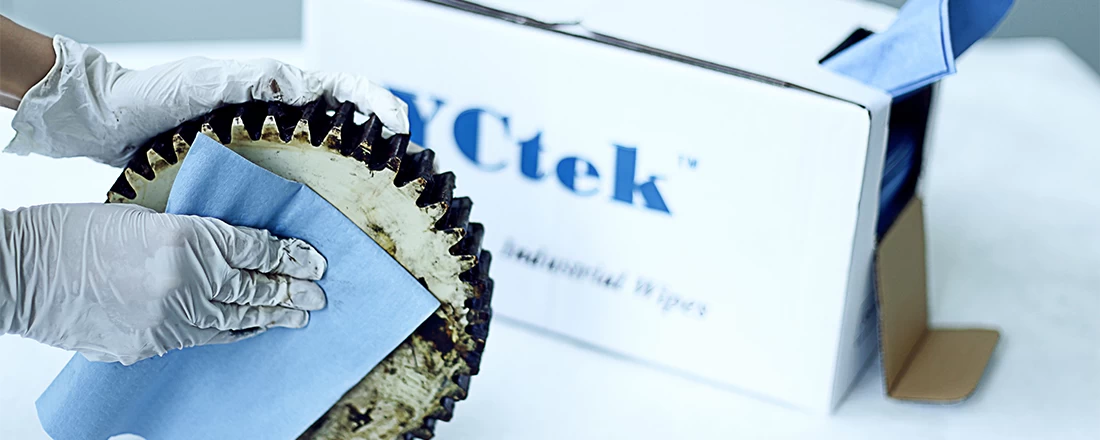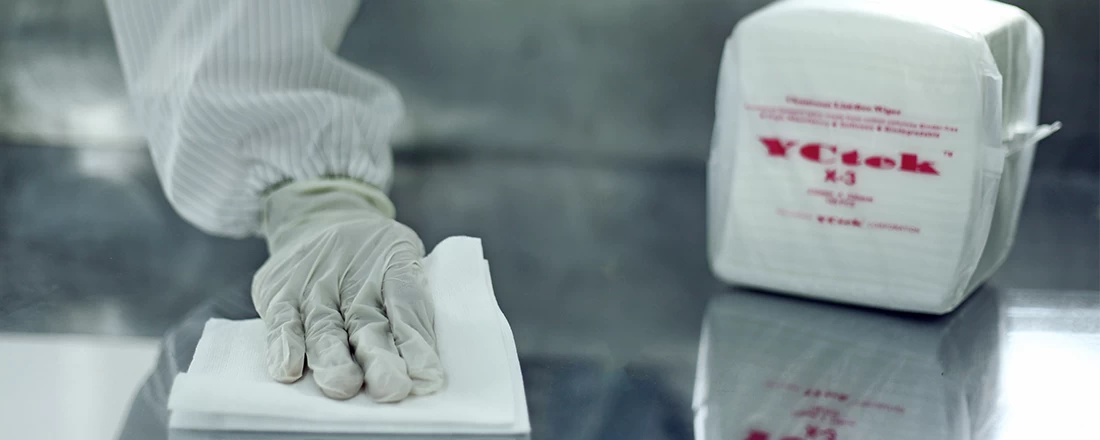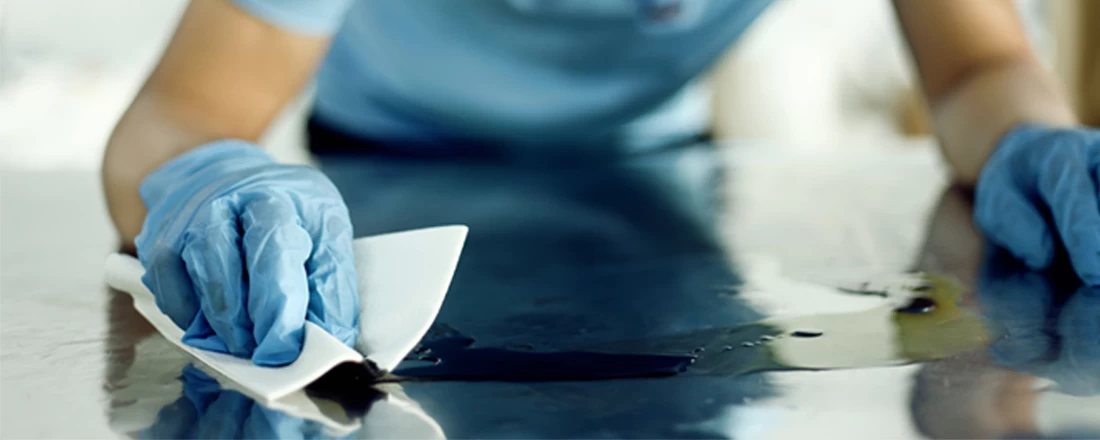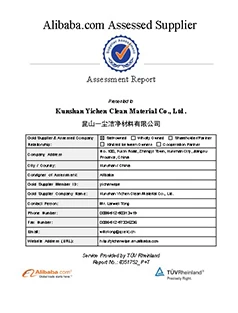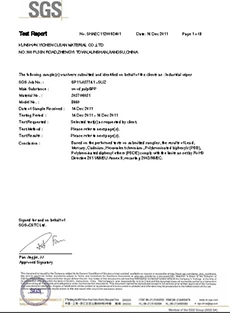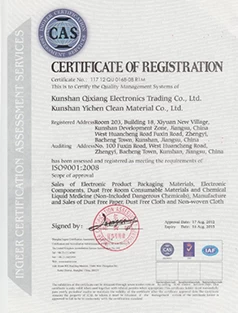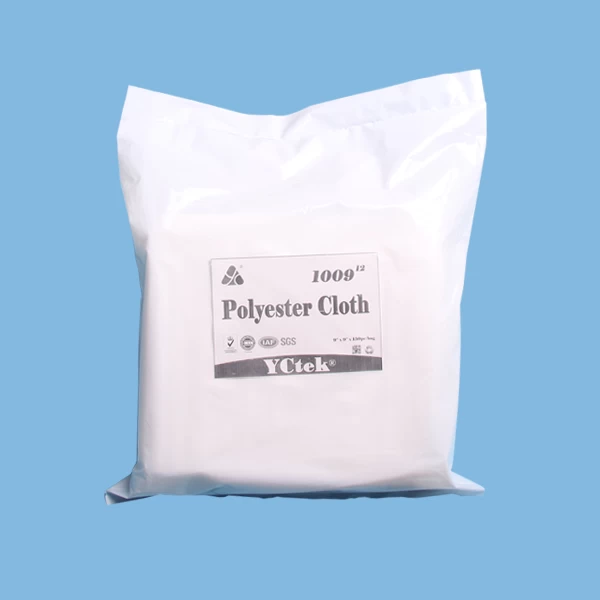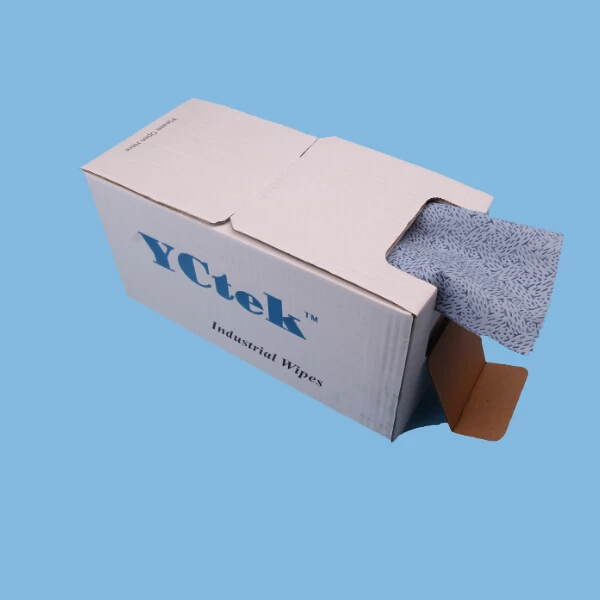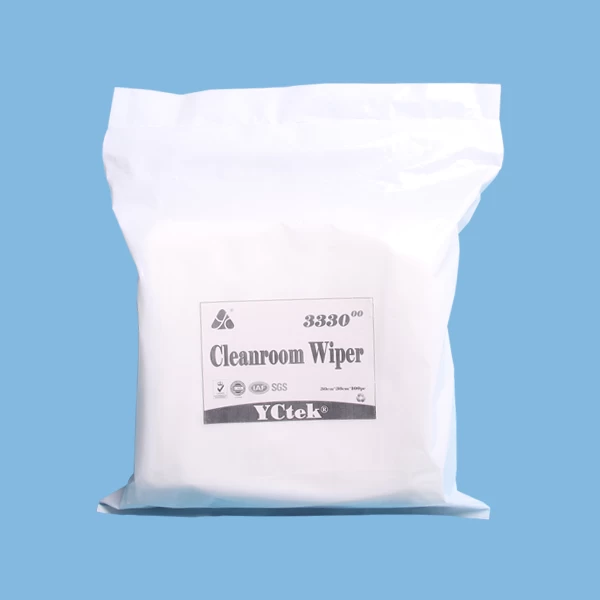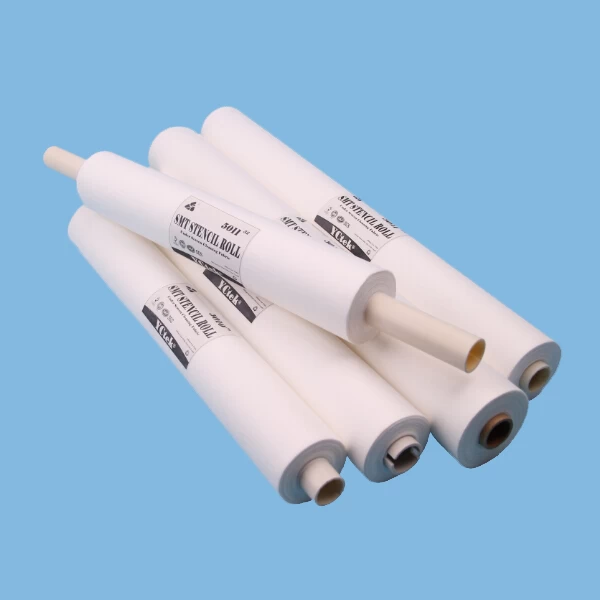Production of polypropylene
2017-07-11 16:43:34
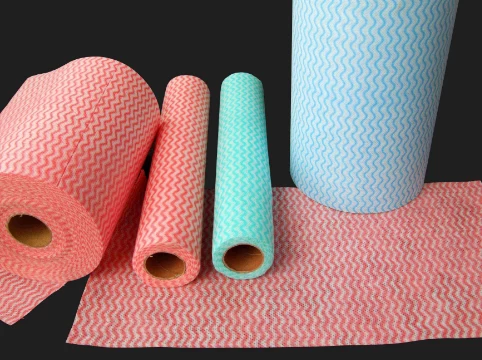
Production of polypropylene takes place by slurry, solution or gas phase process, in which the propylene monomer is subjected to heat and pressure in the presence of a catalyst system. Polymerisation is achieved at relatively low temperature and pressure and the product yielded is translucent, but readily coloured. Differences in catalyst and production conditions can be used to alter the properties of the plastic.
Propylene is obtained, along with ethylene, by cracking naphtha (crude oil light distillate). Ethylene, propylene, and higher alkenes are separated by low temperature fractional distillation. From being a byproduct of ethylene in the early 1950's, propylene is now an important material in its own right.
Polypropylene is a major tonnage polymer with a growth rate higher than the norm for such thermoplastics. This growth rate is partially because of the versatility of polypropylene, and hence the wide range of application areas as indicated above. However, in the UK we have always used more polypropylene than in other European countries, e.g. West Germany. This is particularly the case in injection mouldings, which elsewhere might well be made from high density polyethylene.
Propylene is obtained, along with ethylene, by cracking naphtha (crude oil light distillate). Ethylene, propylene, and higher alkenes are separated by low temperature fractional distillation. From being a byproduct of ethylene in the early 1950's, propylene is now an important material in its own right.
Polypropylene is a major tonnage polymer with a growth rate higher than the norm for such thermoplastics. This growth rate is partially because of the versatility of polypropylene, and hence the wide range of application areas as indicated above. However, in the UK we have always used more polypropylene than in other European countries, e.g. West Germany. This is particularly the case in injection mouldings, which elsewhere might well be made from high density polyethylene.

